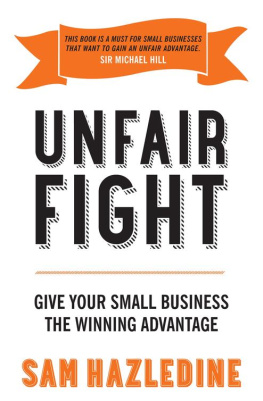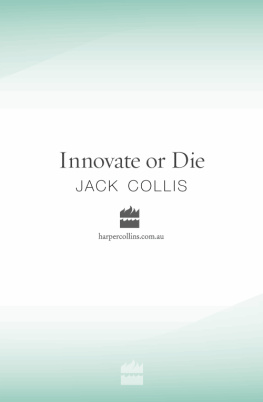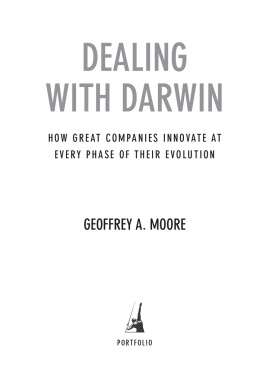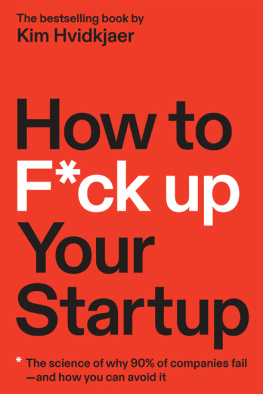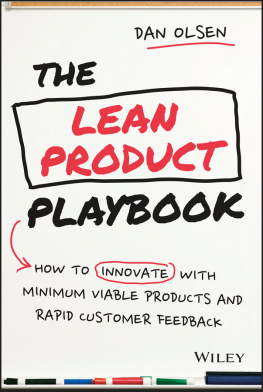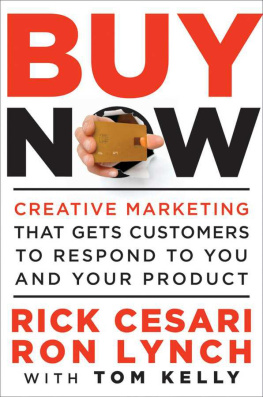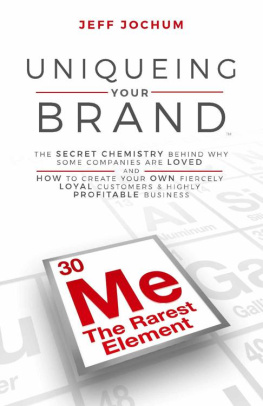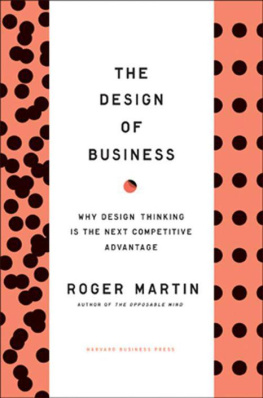Advance Praise for Iconic Advantage
This book explains why some brands are built to last and others seem doomed to perish. Its a framework that every marketer can put into play right away.
Adam Grant, New York Times bestselling author of
Give and Take, Originals, and Option B with Sheryl Sandberg
Soon has an uncanny ability to take mysteries and turn them into heuristics. Hes done it on innovation and design, and now with Iconic Advantage.
Roger Martin, bestselling author of Playing to Win
and Former Dean of the Rotman School of Business
Great brands are truly iconicbut creating one is as much science as it is art. This book teaches you the key ingredients so you can create your own Iconic Advantage.
Claudia Kotchka, Former VP of Design Innovation & Strategy,
Procter & Gamble
Having built a $2 billion pipeline of innovation for brands like Vans, Timberland, The North Face, and Wrangler, Soon understands how to create iconic productsif you aspire for your brand or products to be iconic, read this book
Chip Heath, NYT bestselling author of Switch and Made to Stick,
Professor, Stanford Graduate School of Business
Icons are critical strategic assets for brands and companies. This book offers deep insights on how to establish timeless distinction and relevance, and builds a compelling case for all companies, from Fortune 500 to venture-backed startups, to focus their resources on building greater iconicity.
Iris Yen, Global VP of Strategy, Nike
Iconic Advantage is even more important for startups than it is for established brands and large companies.
Wen Hsieh, General Partner, Kleiner Perkins Caufield Beyers
ICONIC
ADVANTAGE

A SAVIO REPUBLIC BOOK
An Imprint of Post Hill Press
Iconic Advantage
Dont chase the new, innovate the old
2018 by Soon Yu
All Rights Reserved
ISBN: 978-1-68261-540-9
ISBN (eBook): 978-1-68261-541-6
Cover Design by Dave Birss and Fiona Zwieb
Interior Design and Composition by Greg Johnson/Textbook Perfect
No part of this book may be reproduced, stored in a retrieval system, or transmitted by any means without the written permission of the author and publisher.

posthillpress.com
New York Nashville
Published in the United States of America
Digital book(s) (epub and mobi) produced by Booknook.biz.
To Christine and Brenden,
for making me laugh when I got too serious
and for inspiring me when I had doubts.
SOON
For Valerie, Iona, and Simone
for their incredible tolerance
of a temperamental writer.
DAVE
CHAPTER 1
The Importance
of Being Iconic
In 1989, Dov Charney had an idea in his university dorm room. It wasnt a big idea. It was simply exporting American-made T-shirts to Canada. He called his company American Apparel. Very soon he found himself making enough money to drop out of university and pursue the business.
Within 10 years hed moved to LA, opened up a manufacturing plant, and shaken up the garment industry by paying his workers twice the going rate. In a few years, American Apparel grew to become the largest T-shirt manufacturer in the US.
Seeing the popularity of his products, he expanded the company from wholesale to retail, eventually opening over 250 outlets around the world.
He grabbed the worlds attention with a controversial advertising strategy. American Apparels ads looked more like spreads from Playboy magazine than traditional fashion adverts. It was often surprising how few products the models were wearing. Sales continued to rise.
However, the companys racy ads began to generate more attention than the products they were advertising. If you mentioned the brand in conversation, people would talk about the sexually explicit imagery rather than the quality of the clothing and its ethical manufacturing.

In an interview with American Public Media radio, Dov Charney even admitted, My biggest weakness is me. I mean, lock me up already. Its obvious. Put me in a cage, Ill be fine. Im my own worst enemy. But what can you do? I was born strange.
His strangeness began to be a significant liability for the business. It generated poisonous rumors and sexual misconduct lawsuits. The brand no longer represented what the market wanted. It had completely lost its relevance.
Imagery that was initially seen as sexually adventurous was now seen as sleazy. The higher price of the garments didnt stack up against the cheaper high-street retailers. And their staunchly hipster aesthetic wasnt attracting new customers.
In 2014 there was a mutiny. The board of directors ousted Dov Charney from his own company. They hoped that returning to the basics would help the company rebuild itself. But it was too little, too late. In October 2015, the company filed for bankruptcy.
At one point in time, the brand appeared to have everything going for it. But it didnt last. And the business hit the dirt in a rather dramatic way.
So what went wrong?
Like many rapidly growing brands, American Apparel relied on market momentum and noisy advertising. An old adage is that advertising is the tax you pay for having an unremarkable product. And no amount of advertising can help you when youre not sufficiently differentiated from a new wave of cut-price fashion retailers.
As far as we can see, American Apparel failed to refresh its product line to remain relevant to its loyal customers. As the fashion website Racked put it: American Apparel are trying to sell an aesthetic that is no longer fresh and exciting.
In short, the company neglected to enhance its Noticing Power to remain distinctive and bolster its Staying Power to remain relevant. Without doing that, it was unable to create any long-term Iconic Advantage .
American Apparel ended up being a fad rather than an iconic brand. Too many businesses fall into that trap. It will be interesting to see if the brands new owners can get the companys mojo back.

If you had to list the icons of swinging 60s London, youd probably include the Mini Cooper somewhere near the top. It was a car that really seemed to capture the spirit of the time. It didnt look like anything else on the road. It was quirky, cool, and refreshing. And its no surprise that it became such a success.
However, as the swinging 60s made way for the sexy 70s, the electronic 80s, and the naughty 90s, the Mini ran out of road.
The brand failed to capitalize on the amazing iconic power of the product that was right under its nose. Over the years, it hadnt really invested in Staying Power to keep the brand relevant and meaningful. By the end of the century, the last car it ever made, the 5,387,862nd, was almost identical to the very first one it made.

The classic Mini
Fortunately, this wasnt the end of the story. BMW was standing by to turn this 20th-century icon into a 21st-century one.

